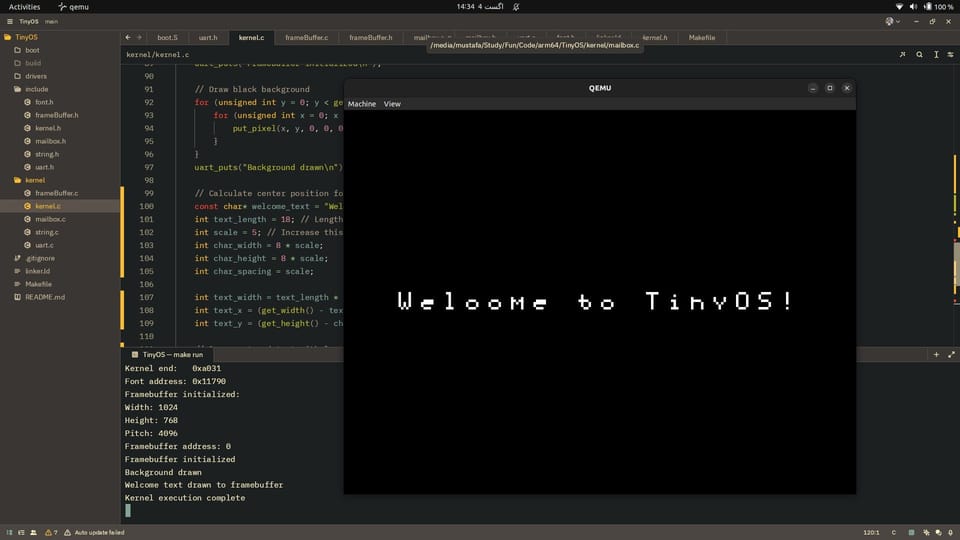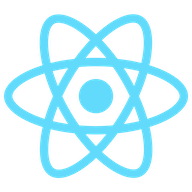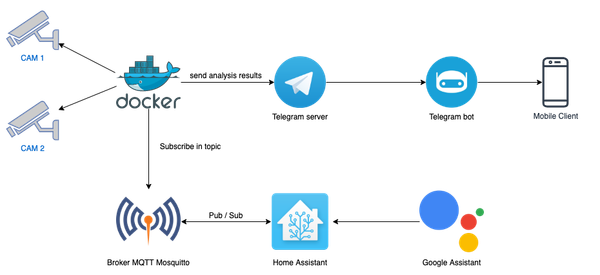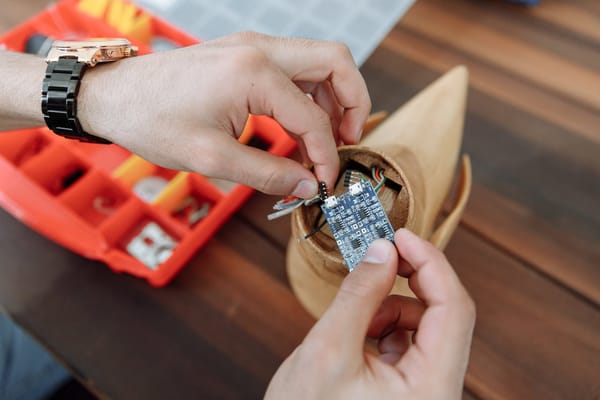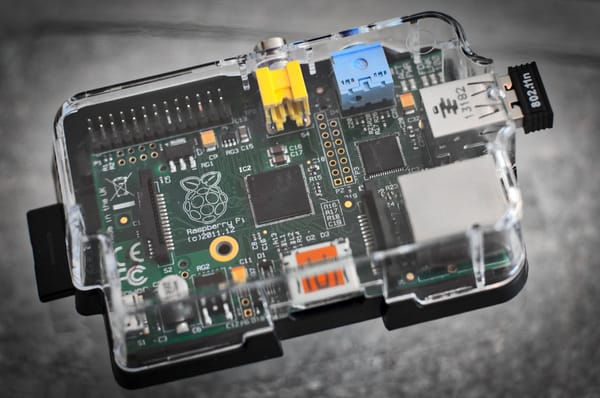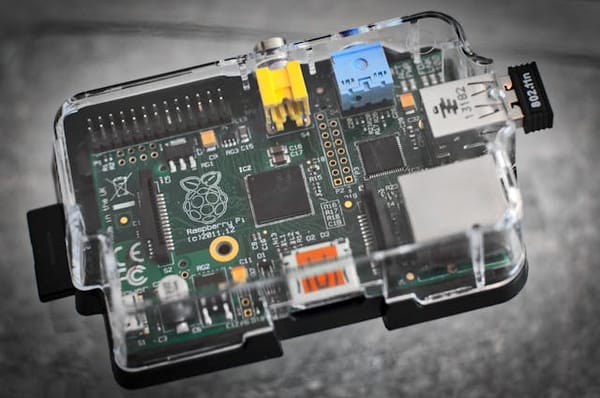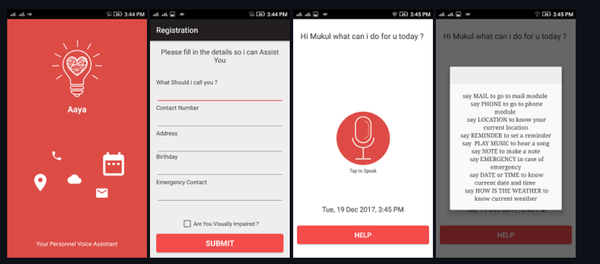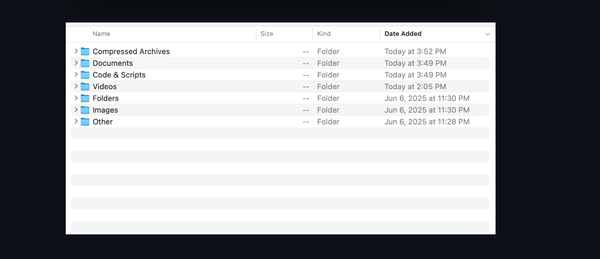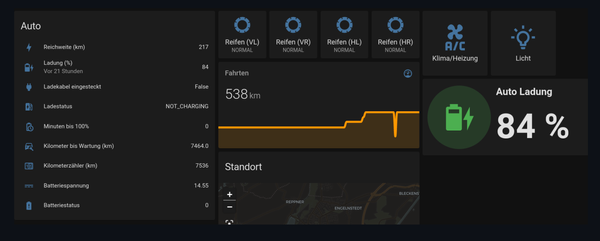Building TinyOS: Why Mustafa Khan's DIY Approach is How We Really Learn Tech
Table of Content
Let's be honest, trawling through GitHub or X (formerly Twitter) sometimes feels like scrolling through a highlight reel of genius, especially for Indie game developers. But every once in a while, you stumble upon something that feels refreshingly real.
That's exactly what happened when I saw Mustafa Khan's post: "I Built a tinyOS from scratch in C". No grand announcements, no VC funding, just a single freelance developer diving headfirst into the deep end for the sheer joy of understanding how things work (more like diving into the ice).
This is what open-source, development and self-education works.
That post led me down a rabbit hole into Mustafa's project, Tiny-Pi-OS for Raspberry Pi, and honestly, it reminded me why I fell in love with tech in the first place.
Before we dive in, let's talk about Mustafa Khan for a second. This guy isn't just tinkering. He's an embedded systems engineer with a toolkit that's seriously impressive: C, Python, JavaScript, Arduino, Jenkins, AWS, and even ventures into AI with LangChain and Agents.
Oh, and he's designed PCBs, built neural networks from scratch (yep, he shouted "It's alive!", relatable), and dreams about rocket science and interstellar travel. The guy's range is wild, and it shows in his work.
So, what's this Tiny-Pi-OS thing? Simply put, it's Mustafa building a minimal operating system from the ground up using C (and a bit of Assembly) specifically for the Raspberry Pi.
He used QEMU for ARM emulation, which is a smart way to test without constantly flashing an SD card. The whole thing is hosted on his GitHub, and it's a goldmine for anyone curious about OS development.
Steps
Here's what really grabbed me: Mustafa didn't just dump code online. He documented a seven-day sprint:
- Days 1-2: Environment setup, bootloader, and getting the kernel started.
- Days 3-4: Core features like memory management and process scheduling.
- Days 5-7: Wrapping up with advanced features (like FAT32 file system support), testing, and docs.
This isn't just impressive; it's a masterclass in how to tackle a complex learning project. It's structured, iterative, and laser-focused. The features he implemented, bootloader, C kernel, memory management, I/O, process scheduling, FAT32 support, interrupt handling, are the bread and butter of OS theory, but he actually built them. That's the difference between reading about it and getting it.
Why does this matter?
Because Mustafa Khan is setting a powerful example. In a world of bootcamps and quick-fix tutorials, he's showing us the value of doing. Building something, even if it's small or "just for learning," forces you to confront the real problems. You can't fake your way through writing a memory manager or handling interrupts. It's raw, practical learning. This is how engineers really level up.
How we Learn?
Looking at Tiny-Pi-OS, you see the hallmarks of someone who loves to dig deep. It's not production-ready, sure, but as a learning exercise? It's phenomenal. It's accessible (Raspberry Pi!), uses modern tools (QEMU), and is open for anyone to fork and play with.
Mustafa's approach, building to understand, documenting the process, sharing it openly, is the kind of mindset that pushes the whole community forward. It echoes his broader interests: from low-level C debugging to the complexities of LLMs and even the vastness of space exploration.
He's not afraid to tackle big concepts by building small, functional pieces.
Beyond the Code: Learning Principles
Forget passively consuming content. Here are a few takeaways:
1- Build to Learn:
Don't just read about a concept. Try to implement it, even in a simplified form. Want to understand web servers? Write a basic one in Python. Curious about databases? Try building a simple key-value store. Mustafa didn't just read about OS design; he coded it.
2- Set Constraints, Not Just Goals:
Mustafa gave himself a week and a target platform (Raspberry Pi). Constraints force creativity and focus. They turn a vague idea ("learn OS dev") into a concrete project.
3- Document Your Journey:
Writing down what you're doing, even just for yourself, clarifies your thinking. Sharing it, like Mustafa did, helps others and builds your reputation in the community.
4- Embrace the Struggle:
Debugging low-level C isn't glamorous. It's frustrating, time-consuming, and necessary. That struggle is where the real learning happens. Mustafa's "digital detective" analogy for low-level debugging? Spot on.
5- Start Small, Think Big:
Tiny-Pi-OS is a minimal OS. But it's a foundation. It's a proof of concept. It's a stepping stone. Don't aim to build the next Linux kernel on day one. Aim to build one working piece, then another. Mustafa's diverse interests (AI, rockets, PCBs) show he understands that deep knowledge in one area often illuminates others.
Final Thought
Mustafa Khan's Tiny-Pi-OS project isn't just a cool bit of code; it's a philosophy. It's a reminder that the best way to learn isn't always the easiest way, it's the way that makes you roll up your sleeves and build something yourself. Whether it's an OS, a neural network, or a robotic arm (which Mustafa has also built!), the act of creation is where understanding truly clicks.
So, find your next small project, dive in, and maybe, just maybe, you'll build something that inspires the next curious developer scrolling through GitHub.
The remaining question is: will this project evolve into something else, or will it be the core for something bigger? The answer is somewhat irrelevant because the first goal of this project was to "learn," and it finished successfully.

